ĐẶC ĐIỂM LÂM SÀNG VÀ TRÊN ẢNH KỸ THUẬT SỐ VỀ TÌNH TRẠNG KÉM KHOÁNG HOÁ RĂNG VĨNH VIỄN (MIH) Ở TRẺ TỪ 6-7 TUỔI TẠI TRƯỜNG TIỂU HỌC LIÊN NINH, THANH TRÌ, HÀ NỘI
Nội dung chính của bài viết
Tóm tắt
Mục tiêu: Mô tả đặc điểm lâm sàng và trên ảnh kỹ thuật số của trẻ 6-7 tuổi bị kém khoáng hoá răng vĩnh viễn (MIH) tại trường Tiểu học Liên Ninh, Thanh Trì, Hà Nội năm 2025. Đối tượng và phương pháp nghiên cứu: Nghiên cứu mô tả cắt ngang trên 28/352 trẻ 6-7 tuổi bằng khám lâm sàng và trên ảnh kỹ thuật số vùng tổn thương có sử dụng đèn xuyên thấu EP light, sử dụng tiêu chuẩn EAPD (European Academy of Paediatric Dentistry) khuyến cáo để chẩn đoán. Kết quả: Tỉ lệ mắc bệnh là 7,95% trong đó 42,85% ở vị trí răng cửa và 57,15% ở vị trí răng hàm; mức độ lan toả chủ yếu là ít hơn 1/3 bề mặt thân răng (66,07%), tổn thương 1/3 đến 2/3 bề mặt là 25%. Tổn thương mờ đục màu trắng hoặc kem chiếm đa số là 41,07%; mờ đục màu vàng hoặc nâu là 23,21% và 19,64% răng có tình trạng sâu răng không điển hình; không nhạy cảm và không vỡ men chiếm đa số là 70,59%; có vỡ men nhưng không tăng nhạy cảm là 15,69%; 86,27% không có nhạy cảm và 7,84% có nhạy cảm không yêu cầu dừng kích thích. Kết luận: Tỉ lệ mắc bệnh không có sự khác biệt giữa hai giới, đa số tổn thương mức độ nhẹ bao gồm tổn thương dạng mờ đục và không nhạy cảm răng.
Chi tiết bài viết
Từ khóa
Kém khoáng hoá men răng (MIH), tổn thương men răng
Tài liệu tham khảo
2. Jurlina D et al (2020). Prevalence of Molar-Incisor Hypomineralization and Caries in Eight-Year-Old Children in Croatia. Int J Environ Res Public Health; 1;17(17):6358.
3. Mayall et al (2022). Prevalence, Pattern, and Severity of Molar Incisor Hypomineralization in 8–12-year-old Schoolchildren of Moradabad City. International Journal of Clinical Pediatric Dentistry, 15: 168-174.
4. Zuhair Al-Nerabieah et al (2023). Prevalence and clinical characteristics of molar-incisor hypomineralization in Syrian children: a cross-sectional study. Sci Rep, 13, 8582.
5. Chowdhury Aret al (2024). Molar Incisor Hypomineralization: Prevalence and Treatment Needs in 7- to 9-year-old Children of Lucknow City. Int J Clin Pediatr Dent; 17(7):790-795.
6. Nguyễn Phúc Minh and Võ Trương Như Ngọc (2020). Thực trạng kém khoáng hoá men răng hàm lớn - răng cửa ở nhóm học sinh 12-15 tuổi tại Bình Định năm 2019-2020. Tạp chí Y học Việt Nam, 496(2):51 – 55.
7. Võ Trương Như Ngọc and Hoàng Bảo Duy (2021). Mối liên hệ giữa thực trạng kém khoáng hoá men răng (MIH) và chấn thương răng sữa, răng sữa mất sớm ở học sinh 12-15 tuổi tại một số tỉnh thành ở Việt Nam, Tạp chí Y học Việt Nam, 502(2), 13-17.
8. Ung Phan Anh Như và cộng sự (2022). Tình hình và các yếu tố nguy cơ liên quan đến kém khoáng hoá men răng trên học sinh 7-9 tuổi tại các trường tiểu học Thị xã Bình Minh, tỉnh Vĩnh Long năm 2021-2022, Tạp chí Y Dược học Cần Thơ, (52):59-65.
9. Vũ Hoàng và cộng sự (2024). Thực trạng kém khoáng hoá men răng hàm lớn-răng cửa ở học sinh 7-10 tuổi tại một số trường tiểu học Thành phố Lào Cai, Tạp chí Y học Việt Nam, 539(3), 258-262.
10. Lê Hưng và cộng sự (2024). Thực trạng kém khoáng hoá men răng hàm răng cửa của học sinh Trường Trung học cơ sở Hoàng Long, Phú Xuyên, Hà Nội. Tạp chí Nghiên cứu Y học, 178(5):306-314.


